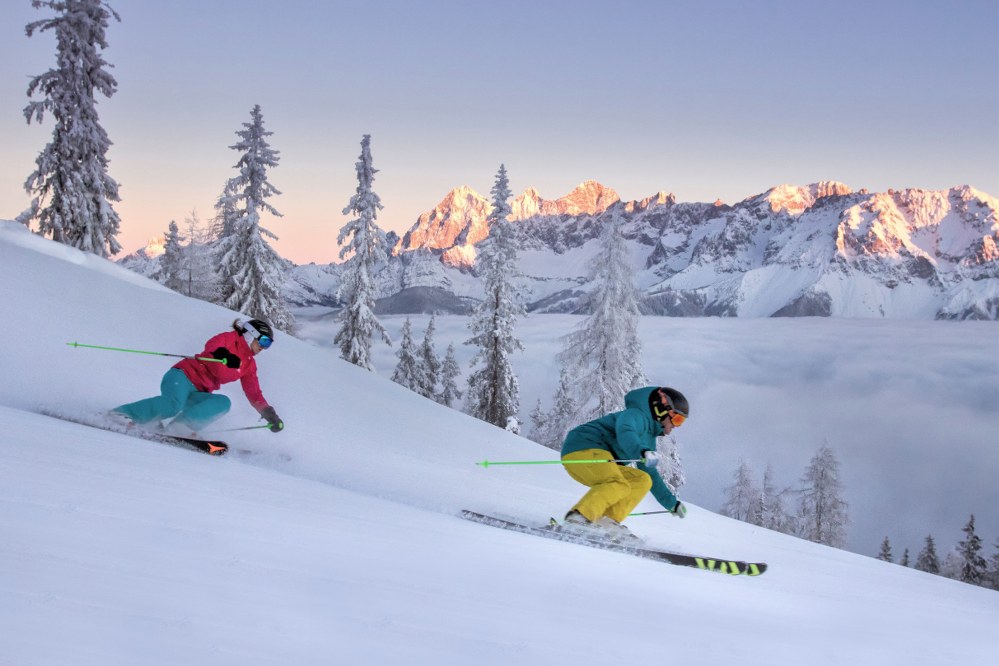
A ski holiday is, for many Brits, the absolute highlight of the winter calendar. Whether you’re off on one of our solo ski holidays or single parent ski holidays with kids, the thrill of carving through fresh snow is hard to beat. However, it is easy to forget just how physically demanding skiing can be. A decent level of fitness is important if you want to avoid injury. This is particularly crucial for beginners.
The best way to prevent injuries is to arrive on the slopes with adequate preparation! There is nothing worse than your long-awaited ski holiday turning into a nightmare of sore muscles, fatigue, and even serious harm. The good news is that with a sensible, expert-backed fitness plan, you can significantly reduce your injury risk, get more value from your ski pass, and truly enjoy every single run. Here is what you need to know to get ski-fit right now.
Why Ski Fitness is Non-Negotiable
Skiing is not a gentle pastime – it is a full-body workout that requires considerable strength, stamina, and agility. While experienced skiers might get away with minor bumps, for those who are unprepared, injuries like muscle tears and broken bones are a genuine risk. A study published by Medicina of the 2023/2024 winter season analysed the most common injuries: Patients with fractures were generally over 50 years old whilst those with joint sprains or ligament strains were usually younger.
Experts are unanimous: preparing your body in the weeks leading up to your trip will not only help you avoid injury but will also make the experience far more enjoyable. As one leading UK physiotherapist puts it, “You wouldn’t run a marathon without training—skiing is no different.” Even with just a few weeks to go, a focused ski fitness routine can make a world of difference to your performance and safety in the mountains, a sentiment echoed in expert-backed timelines for getting ski-fit.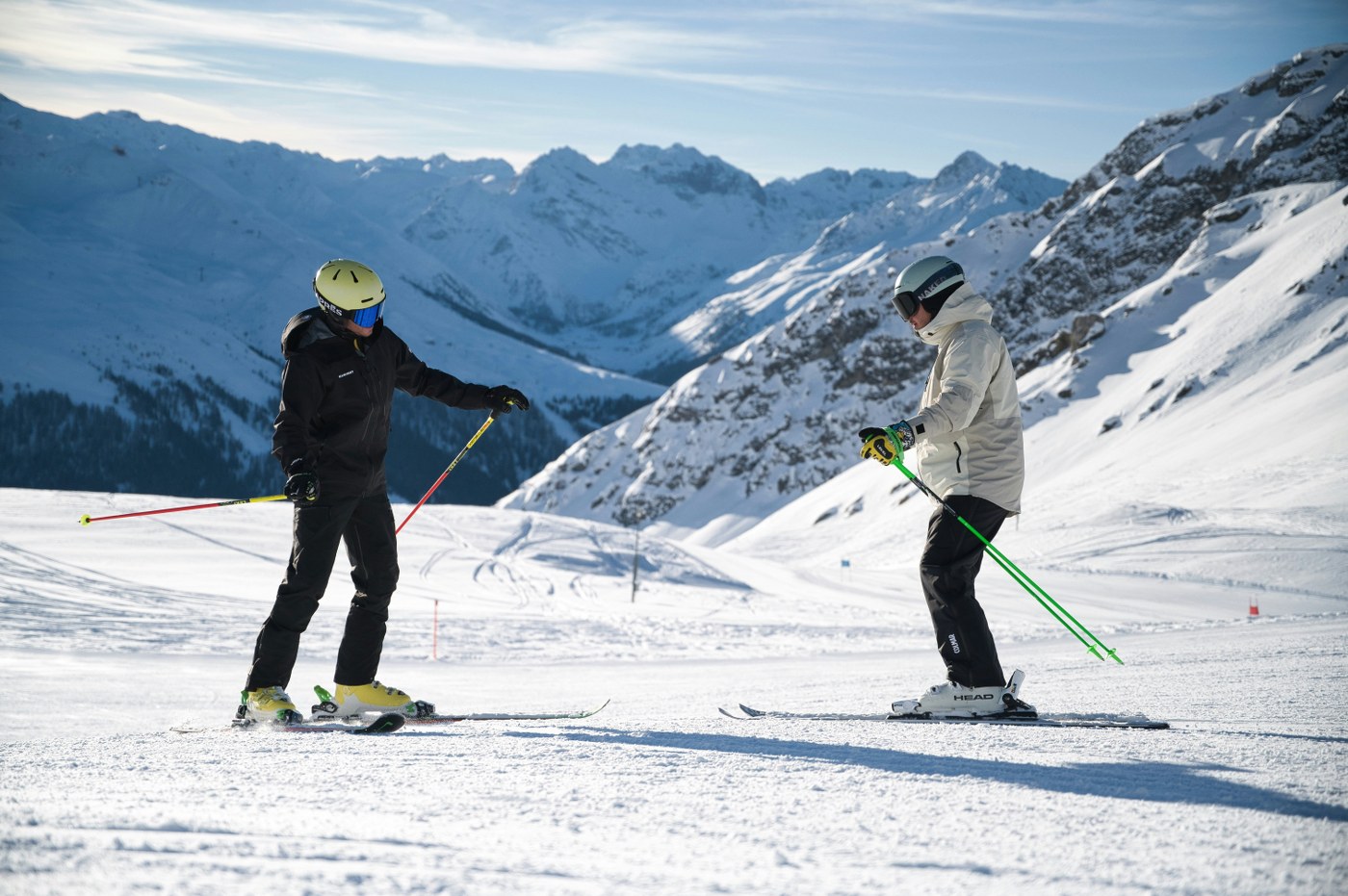
Your Timeline: When to Begin Training
Ideally, you should start your “ski fit” training at least six weeks before you travel. An eight-to-twelve-week programme is even better, as this allows your body ample time to adapt and build strength. However, the reality of busy lives means that long lead times are not always possible. Fortunately, even two or three weeks of consistent exercise can deliver noticeable improvements in coordination, endurance, and balance, helping you feel safer and more confident on the snow.
Aim for a minimum of three sessions per week, each lasting around 60 minutes. Your routine should include a mix of aerobic exercises to build stamina, strength training for the essential leg and core muscles, and flexibility work to help prevent injuries.
The Three Pillars of Pre-Ski Fitness
Cardiovascular Endurance for High Altitudes
Skiing at altitude is physically taxing, as the air contains less oxygen. Feeling breathless after a single run is not only frustrating but can also be dangerous, as fatigue is a major factor in many accidents. To build your stamina, focus on cardiovascular fitness with activities such as:
- Brisk walking or jogging
- Cycling (on a stationary bike or outdoors)
- Swimming
- Rowing machine workouts
- High-Intensity Interval Training (HIIT)
Current NHS guidelines for improving cardiovascular fitness in adults recommend at least 150 minutes of moderate-intensity aerobic activity per week for adults. This breaks down to just 30 minutes, five times a week, which can be integrated into even the busiest of schedules.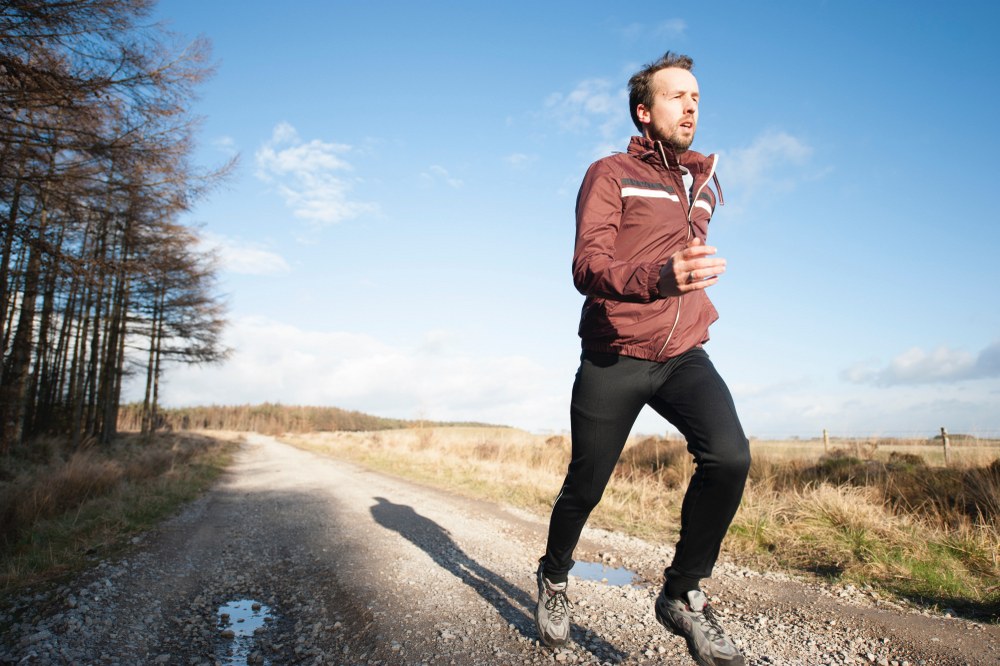
Building Leg and Core Strength
Skiing relies heavily on muscles you might not use regularly, particularly your thighs (quadriceps), glutes, and core. Strengthening these areas is vital for controlling your skis, absorbing shocks from bumpy terrain, and maintaining balance. An effective plan should incorporate ski-specific strength training routines, including ski exercises such as:
- Squats and lunges to build power in your quads and glutes.
- Deadlifts to strengthen your hamstrings and lower back.
- Planks and Russian twists to create a solid, stable core.
- Calf raises to improve ankle stability and balance.
Flexibility and Mobility to Prevent Injury
Skiing involves a lot of twisting and turning, and tight muscles or stiff joints significantly increase the likelihood of injury. If you are a busy parent or a skier 50+, regular stretching and mobility work should be a core part of your preparation. Focus on your quadriceps, hamstrings, calves, lower back, and hips, stretching these key muscle groups after every workout. Dynamic stretches, such as hip circles and walking lunges, are perfect for warming up, while static stretches are best for cooling down and improving long-term flexibility. If you are over 50, start a little earlier and focus on gentle ski exercises for the over 50s.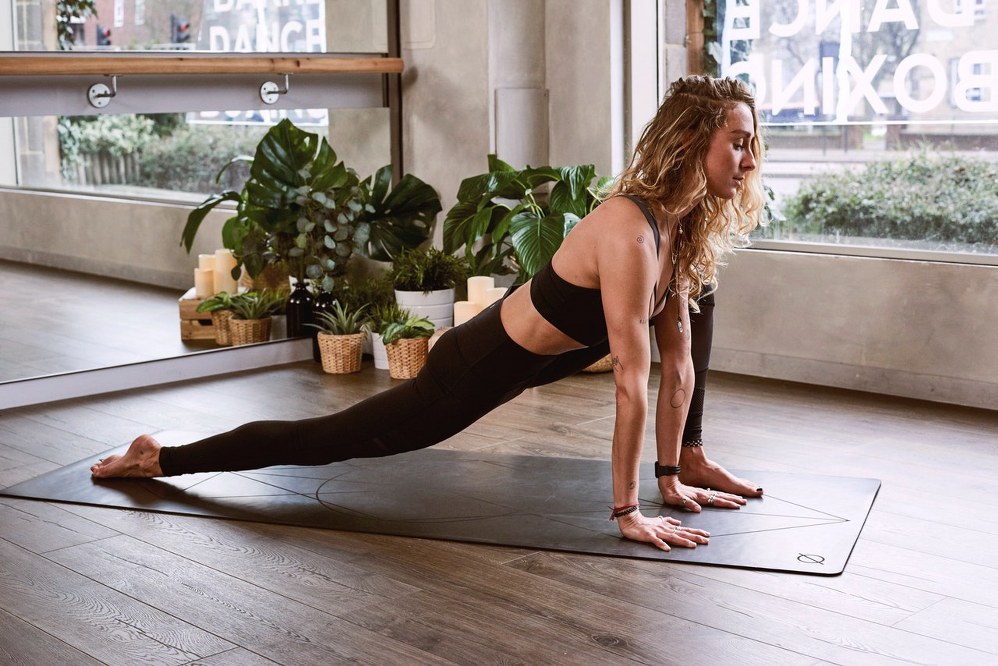
A Lighter Load: The Impact of Weight and Sleep on Performance
While building muscle is key, managing your overall fitness and weight can also have a profound impact on your skiing holiday. Skiing places immense pressure on your joints, especially your knees. Being at a healthier weight can significantly reduce this strain, leading to less fatigue and a lower risk of joint-related injuries. It’s not about crash dieting but about adopting a sustainable approach to fitness that supports your body.
Furthermore, fitness gains are made during periods of rest, not just during exercise. Sleep is the ultimate recovery tool, essential for muscle repair, hormone regulation, and maintaining the mental focus required to navigate the slopes safely. For those looking to combine their ski fitness goals with better overall health, understanding the crucial link between sleep and metabolic health is a great place to start, as quality rest underpins both physical performance and weight management.
Your At-Home Ski-Fit Circuit
You do not need an expensive gym membership to get ready for the slopes. This simple circuit can be performed at home with minimal equipment and is a great starting point.
| Exercise | Focus | Reps/Sets |
| Bodyweight Squats | Quads, glutes | 3 sets of 15 reps |
| Lunges | Lower body stability | 3 sets of 15 reps (each leg) |
| Plank | Core strength | 3 holds of 30-60 seconds |
| Side Jumps | Lateral movement & agility | 3 sets of 20 reps |
| Step-Ups | Leg power & endurance | 3 sets of 12 reps (each leg) |
| Stretching | Full-body flexibility | 10 minutes post-workout |
The Sobering Statistics: Why Preparation is Key
- One in three first-time skiers is at risk of a significant injury due to a lack of fitness.
- 40% of all winter sports fans have suffered an injury on the slopes at least once.
- A full day of skiing can burn up to 500 calories an hour, highlighting its intensity.
- The risk of injury increases with age, with 70% of skiers aged 65-74 having sustained an injury.
- 73% of skiing accidents are the result of falls, which are often linked to fatigue and poor balance.
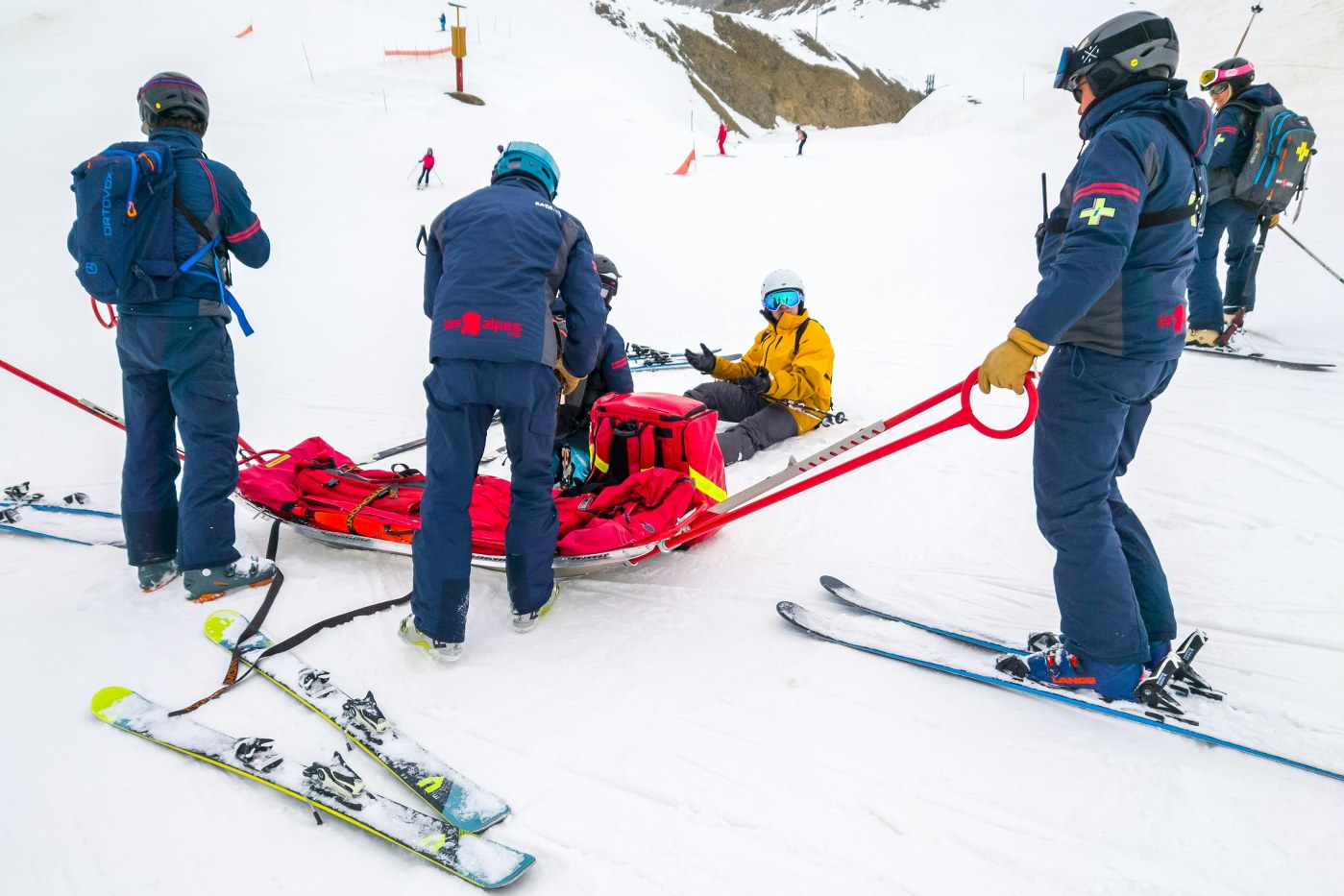
Conclusion
A ski holiday should be about fun, friends, and adventure—not aches, pains, or an avoidable trip to a local clinic. By planning ahead and committing to a consistent fitness routine, you can drastically reduce your risk of injury, feel stronger for longer each day, and make the most of every moment on the snow.
Start now by building your aerobic stamina, strengthening your legs and core, and improving your flexibility. Remember that rest and nutrition are just as crucial as the exercise itself. When preparing for your solo ski trip or family ski trip, ski exercises should be an integral part. The mountains demand respect, and giving your body the right conditioning is not only the best way to stay safe but will also increase your enjoyment of your holiday. For a deeper understanding of how to prevent common strains and sprains, it is worth reviewing guidance on ski preparation to ensure your fitness plan is both effective and safe.
Safe travels and happy skiing!
